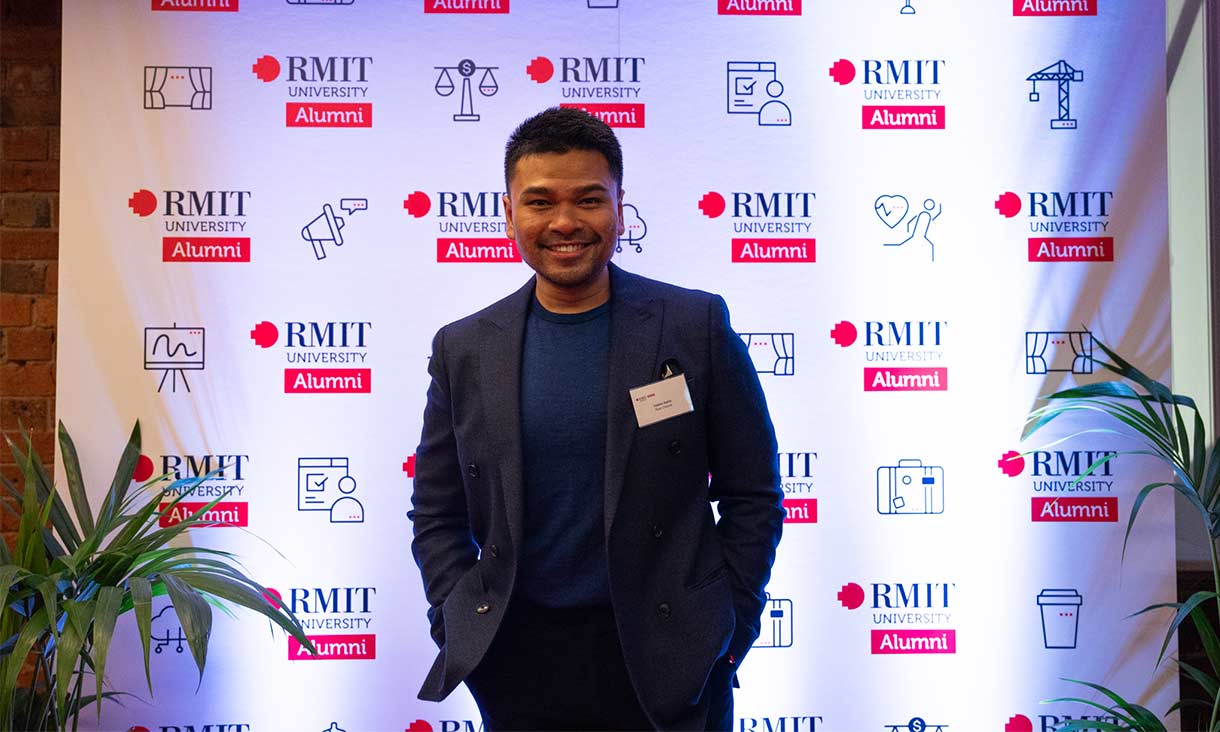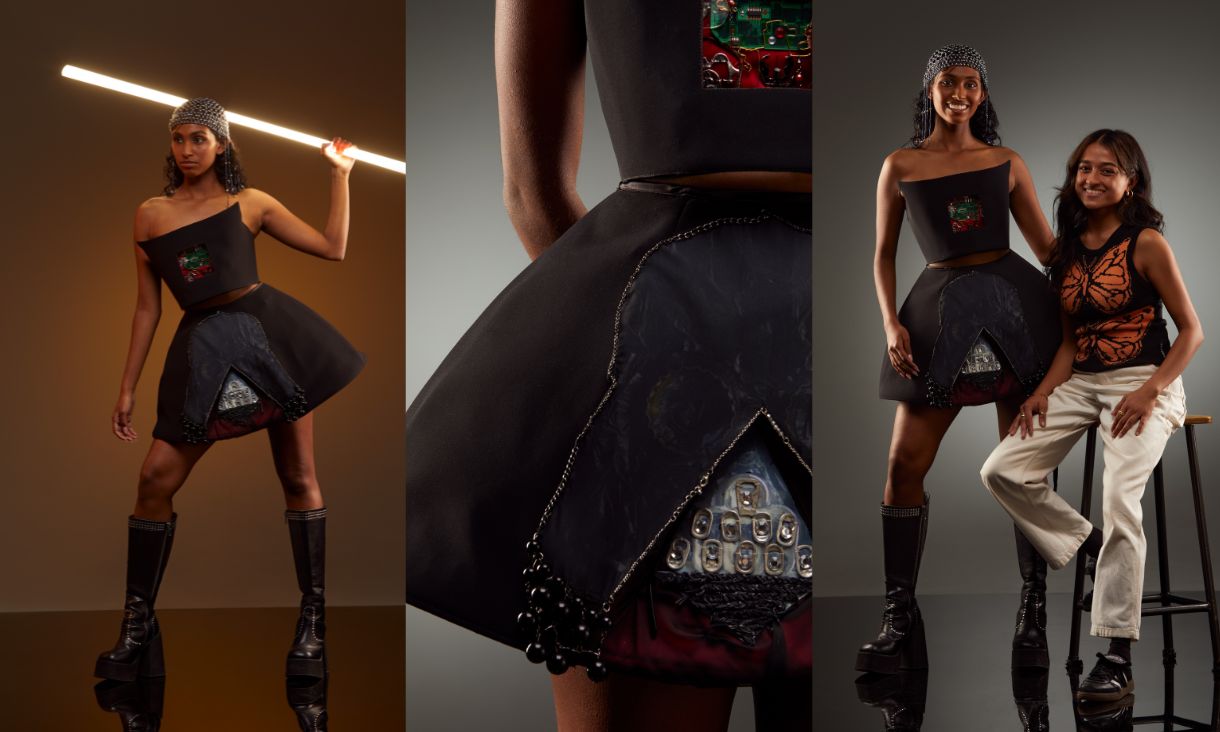New screen industry courses to address critical skills shortages
RMIT and the Australian Film Television and Radio School (AFTRS) will deliver new short courses to address specific screen skills shortages in Victoria.
Age trumps gender, income and postcode for consumers' clothing habits
The first-ever nationwide study into how Australians use and dispose of clothing has revealed people are buying too many clothes and are unsure how to discard them responsibly.
New online directory gives alumni businesses global reach
A new online directory is giving RMIT’s alumni business owners a platform to promote their products and services to a global community of over 500,000 people.
Students embrace the dark side in Star Wars collaboration with Disney
RMIT vocational education students have embarked on an epic fashion journey with Disney, navigating real-world design challenges with Jedi-like focus.



.jpg)



